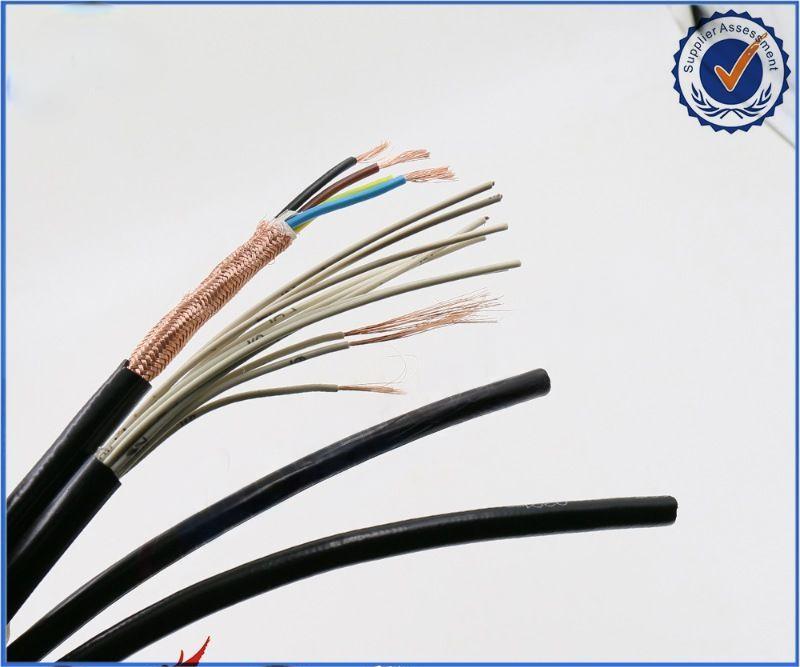Dec . 21, 2024 02:50 Back to list
din metal seat gate valve
DIN Metal Seat Gate Valve A Comprehensive Overview
Gate valves are crucial components in various industrial applications, serving to control the flow of liquids and gases with minimal pressure loss. Among the different types of gate valves, the DIN metal seat gate valve is particularly renowned for its efficiency and reliability. This article explores the characteristics, applications, and advantages of DIN metal seat gate valves.
Understanding DIN Metal Seat Gate Valves
The term DIN refers to the German Institute for Standardization (Deutsches Institut für Normung), which establishes comprehensive standards for various industrial products, including valves. DIN metal seat gate valves are designed to meet these rigorous standards, ensuring high quality and performance. A defining feature of these valves is their metal seating surfaces. Unlike traditional soft-seated valves, which often utilize rubber or other elastomeric materials that can wear out over time, metal seat gate valves incorporate robust materials such as stainless steel, bronze, or other alloys that provide enhanced durability.
Key Features
1. Construction Quality Typically made from high-grade materials, DIN metal seat gate valves are built to withstand extreme pressure and temperature conditions. This makes them suitable for high-stakes environments such as oil and gas, chemical processing, and power generation.
2. Minimal Flow Resistance The gate design of these valves allows for a straightforward flow path when fully open, resulting in minimal pressure drop across the valve. This feature is particularly beneficial in applications where flow efficiency is paramount.
3. Sealing Performance The metal-to-metal seating provides a reliable seal that can endure thermal expansion and contraction, making these valves ideal for fluctuating temperature conditions. This thermal stability is a significant advantage when handling high-temperature fluids.
4. Long Lifespan Due to their durable construction and resilient sealing mechanism, DIN metal seat gate valves boast an extended operational life compared to their soft-seated counterparts. This longevity translates to reduced maintenance costs and less frequent replacements.
Applications
DIN metal seat gate valves find applications across various industries, including
din metal seat gate valve

- Oil and Gas Used in upstream and downstream processes for controlling the flow of crude oil, natural gas, and refined products
.- Chemical Processing Essential for managing corrosive and hazardous substances within chemical plants, where reliability and safety are critical.
- Water Treatment Employed in municipal and industrial water pipelines, these valves help regulate water flow and treatment chemicals.
- Power Generation Commonly found in steam systems, where they manage the flow of steam and water in turbines and boilers.
Advantages
1. Cost-Effective Although the initial investment may be higher than that of soft-seated valves, the long-term savings through reduced maintenance and replacement needs make DIN metal seat gate valves a cost-effective choice.
2. Versatility Their robust design allows them to handle a wide range of temperatures and pressures, making them suitable for diverse applications.
3. Safety The reliability of metal seat seals minimizes the risk of leaks, contributing to the overall safety of industrial operations.
4. Ease of Operation With a simple gate mechanism, these valves are easy to operate and require less effort compared to other valve types.
Conclusion
In summary, DIN metal seat gate valves represent a blend of durability, efficiency, and safety, making them indispensable in various industrial sectors. Their ability to provide reliable sealing under extreme conditions and minimize flow resistance sets them apart from other valve types. As industries continue to evolve and demand higher standards of performance and reliability, the importance of quality components like DIN metal seat gate valves cannot be overstated. Investing in these valves not only ensures efficient operations but also contributes to long-term sustainability in industrial practices.
Share
-
Reliable Wafer Type Butterfly Valves for Every IndustryNewsJul.25,2025
-
Reliable Flow Control Begins with the Right Ball Check ValveNewsJul.25,2025
-
Precision Flow Control Starts with Quality ValvesNewsJul.25,2025
-
Industrial Flow Control ReliabilityNewsJul.25,2025
-
Engineered for Efficiency Gate Valves That Power Industrial PerformanceNewsJul.25,2025
-
Empowering Infrastructure Through Quality ManufacturingNewsJul.25,2025